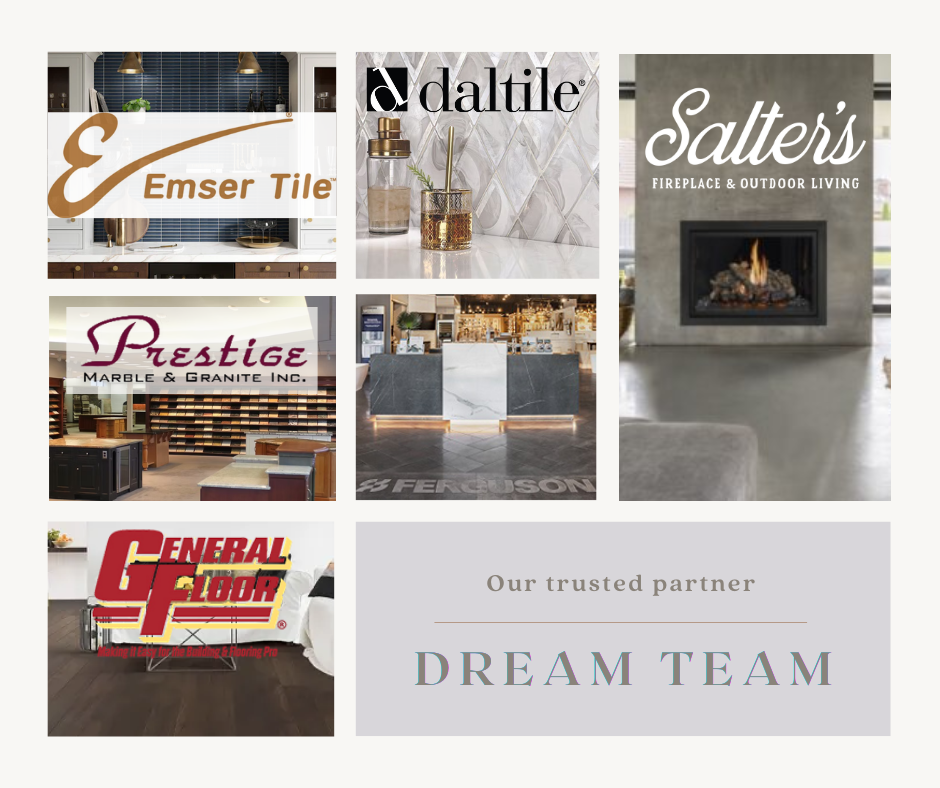
Creating Montgomery County’s most beautiful home remodels takes a pretty impressive team, including our own creative designers, talented craftsmen, and ultra-organized project managers. Of course, the team doesn’t stop there. We also rely on an incredible lineup of local suppliers and trade partners.
As we kick off 2025, we want to shine a spotlight on the amazing partners who help Custom Craft turn your remodeling dreams into reality. Here are just a few:
Ferguson | Abington & Lansdale
Ever wondered how we always seem to find that perfect faucet or that just-right fixture? Ferguson is our go-to source for all those beautiful finishing touches that make your kitchen or bathroom remodel sing. From sleek, modern faucets to state-of-the-art appliances, they help us turn functional features into wow-worthy focal points.
General Floor | Warminster, Plymouth Meeting & Bensalem
If walls could talk, then floors could tell even better stories! General Floor helps us write those stories with an incredible selection of flooring options. Whether you’re dreaming of hardwood that makes your guests gasp or carpet that feels like walking on clouds, they’ve got you (and your feet) covered.
Prestige Marble & Granite | Emmaus
Looking for that show-stopping kitchen countertop? Prestige Marble & Granite’s 10,000-square-foot showroom is like a candy store for home designers (yes, we really do get that excited about stone!). Their artisans turn slabs of granite, marble, and quartz into countertop masterpieces that make meal prep feel downright luxurious.
Daltile | Plymouth Meeting
When it comes to tile, Daltile is like that friend who always knows what’s cool before everyone else does. America’s leading tile manufacturer helps us create everything from sophisticated bathroom floors to kitchen backsplashes that make cooking feel like a Food Network show.
Emser Tile | Oaks
Speaking of tile (because can you ever have too many amazing tile options?), Emser brings global design trends right here to Montgomery County. Their selection helps us create those “I can’t believe this is my bathroom” moments we love so much.
Salter’s Fireplace | Eagleville & Hatfield
Nothing says “home” quite like gathering around a beautiful fireplace. Salter’s helps us create those cozy corners that become your favorite spot to unwind. Their expertise means your fireplace won’t just look amazing — it’ll keep you toasty, too!
Why This Dream Team Matters to You
Having these powerhouse partners in our corner means:
- Your remodel gets the best materials (without breaking the bank)
- You get access to the latest styles and innovations
- Your project stays on schedule (because nobody likes delays!)
- Everything comes with rock-solid warranties
- You get the benefit of decades of combined expertise
Think of it this way: when you choose Custom Craft for your home remodel, you’re not just getting our awesome design and construction team — you’re getting an entire network of experts who live and breathe home improvement excellence.
Ready to see what this dream team can do for your home? Let’s talk about making your space absolutely amazing in 2025.
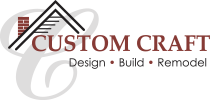

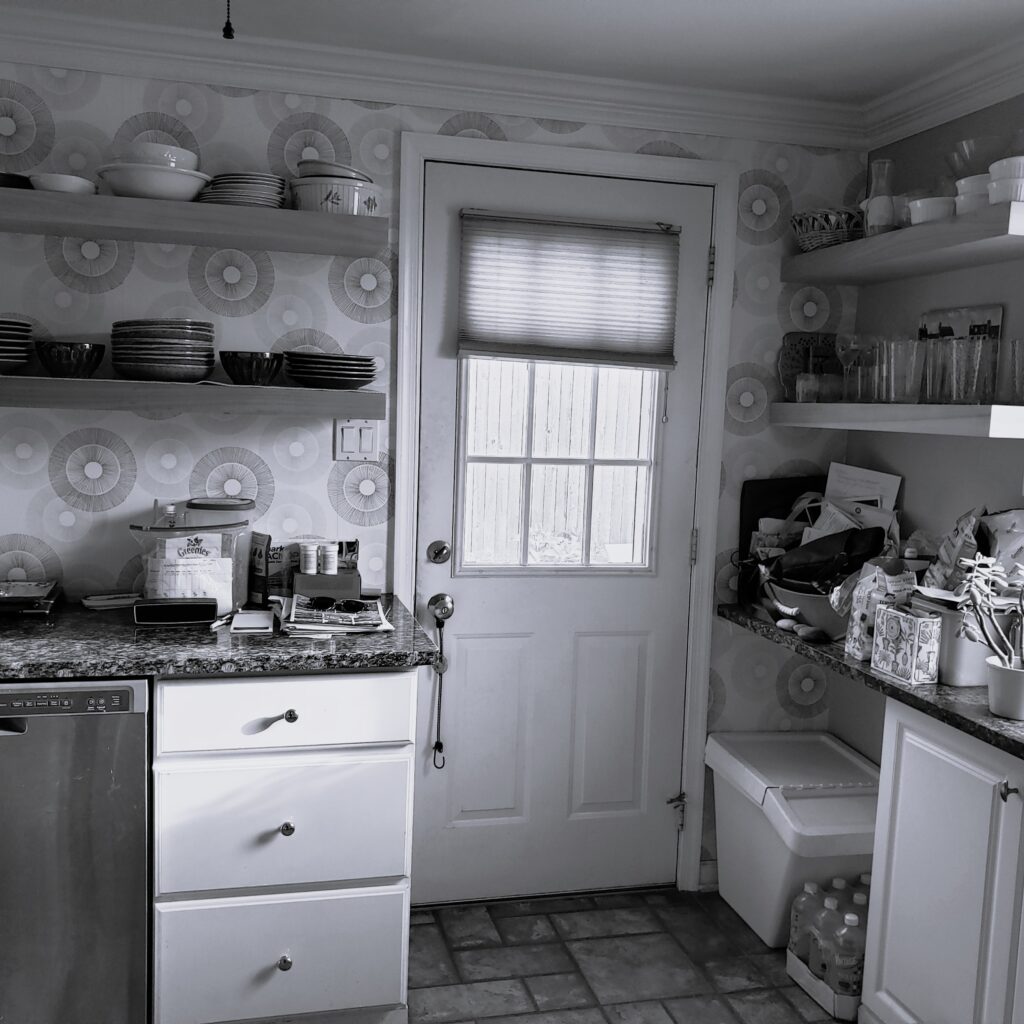
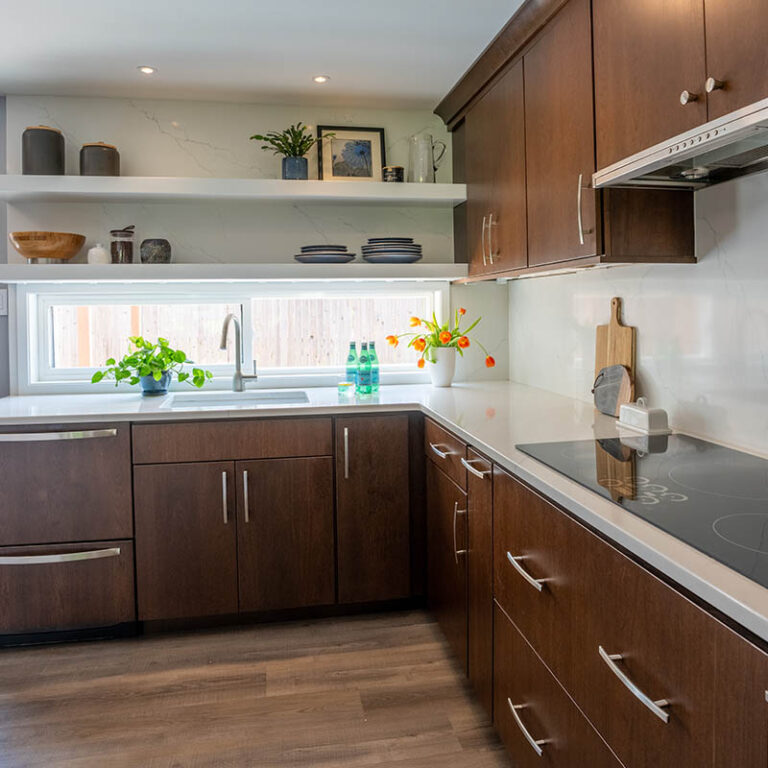
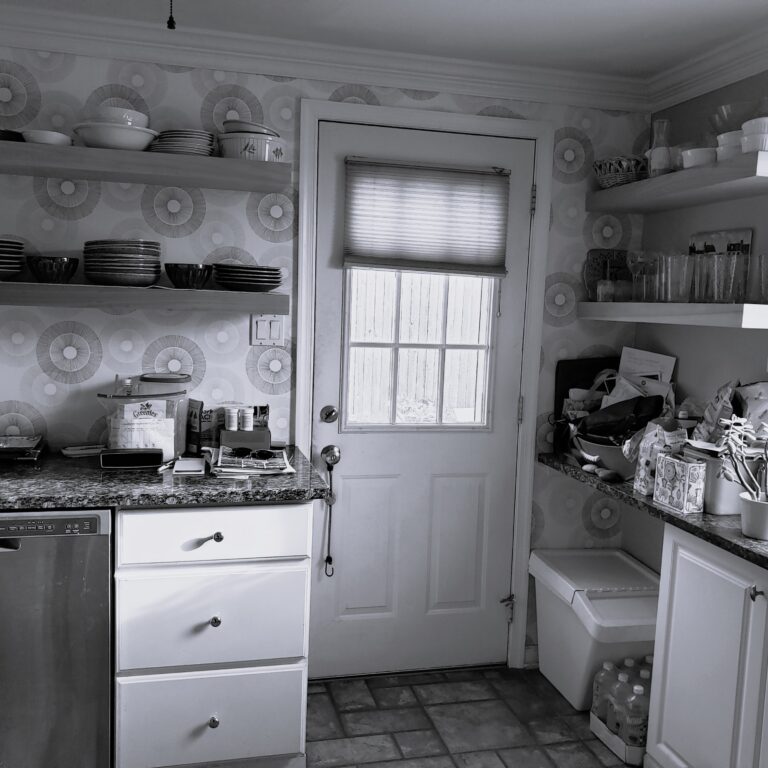
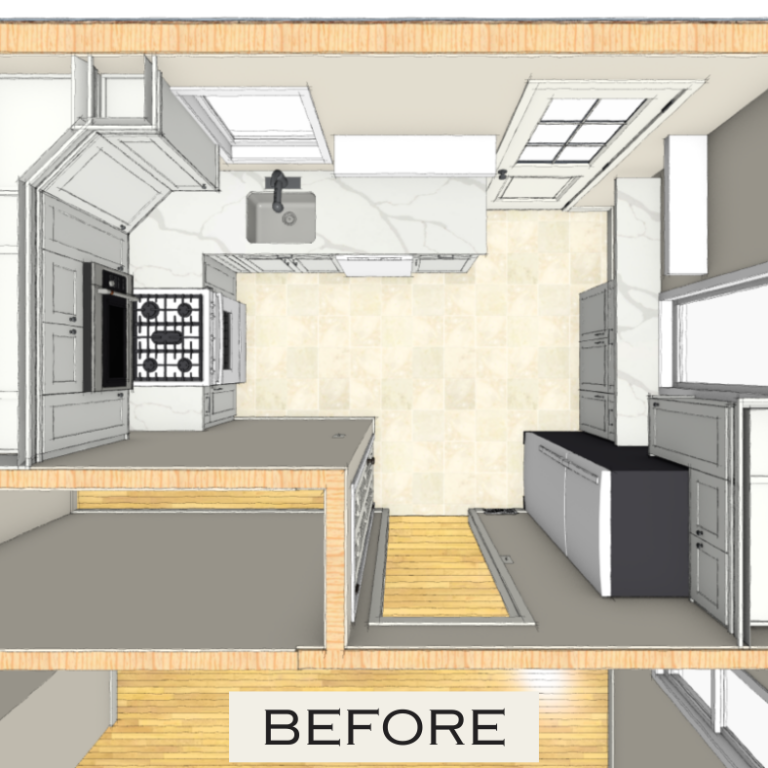
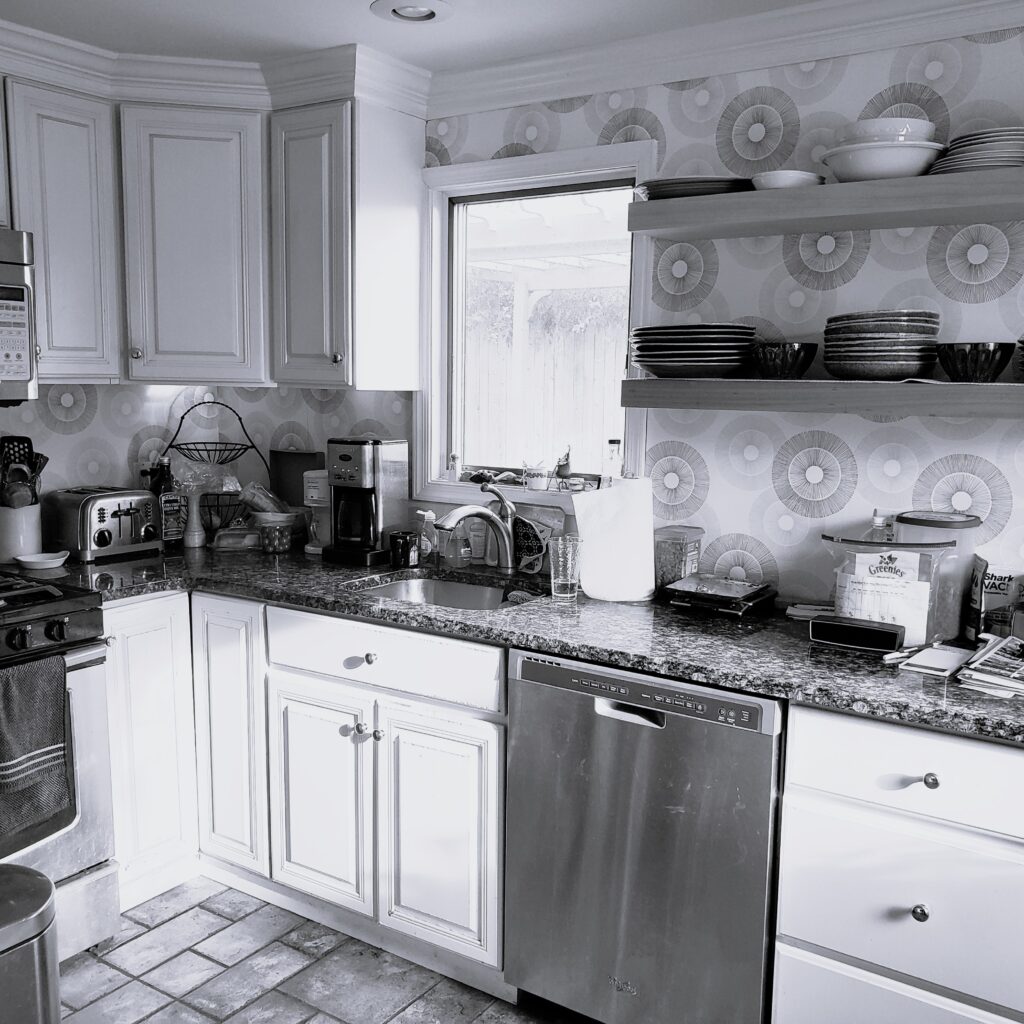

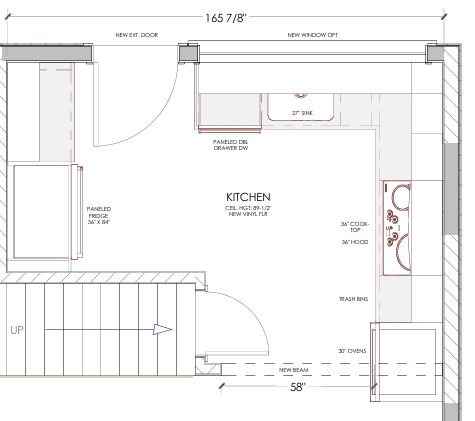
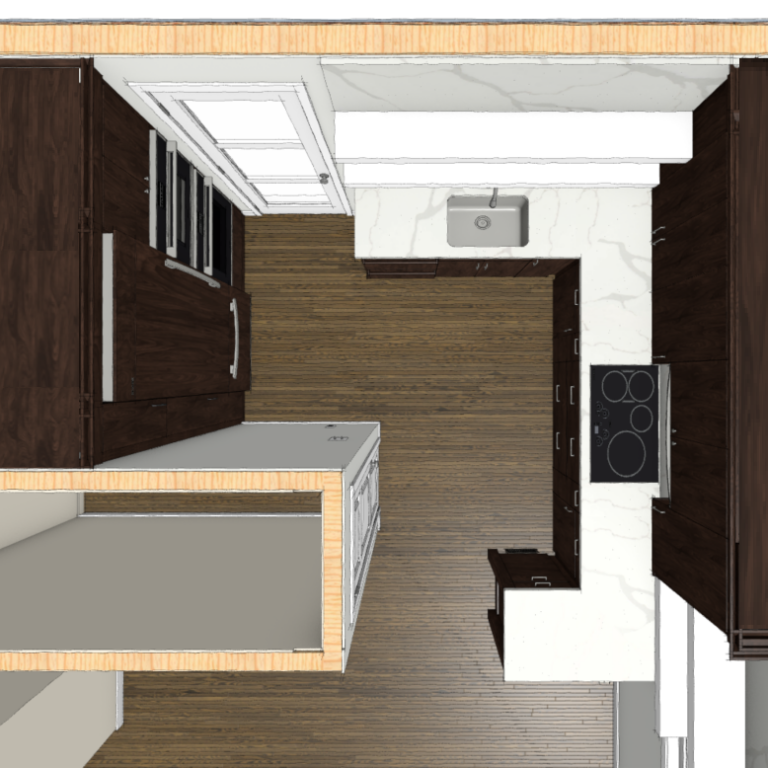
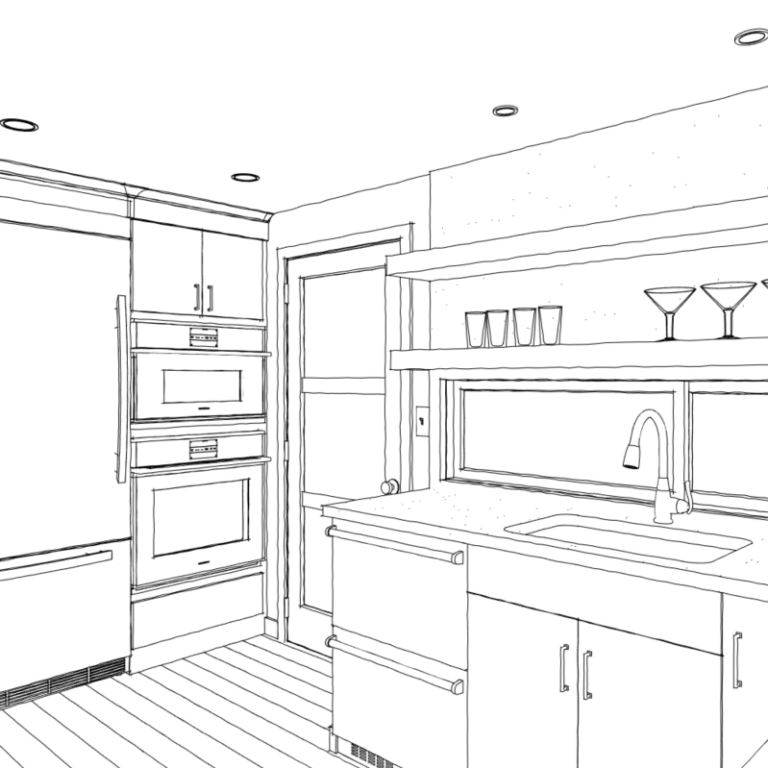
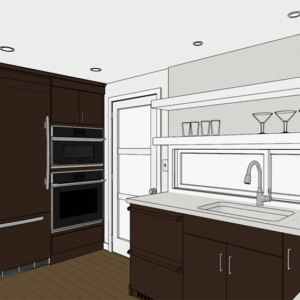

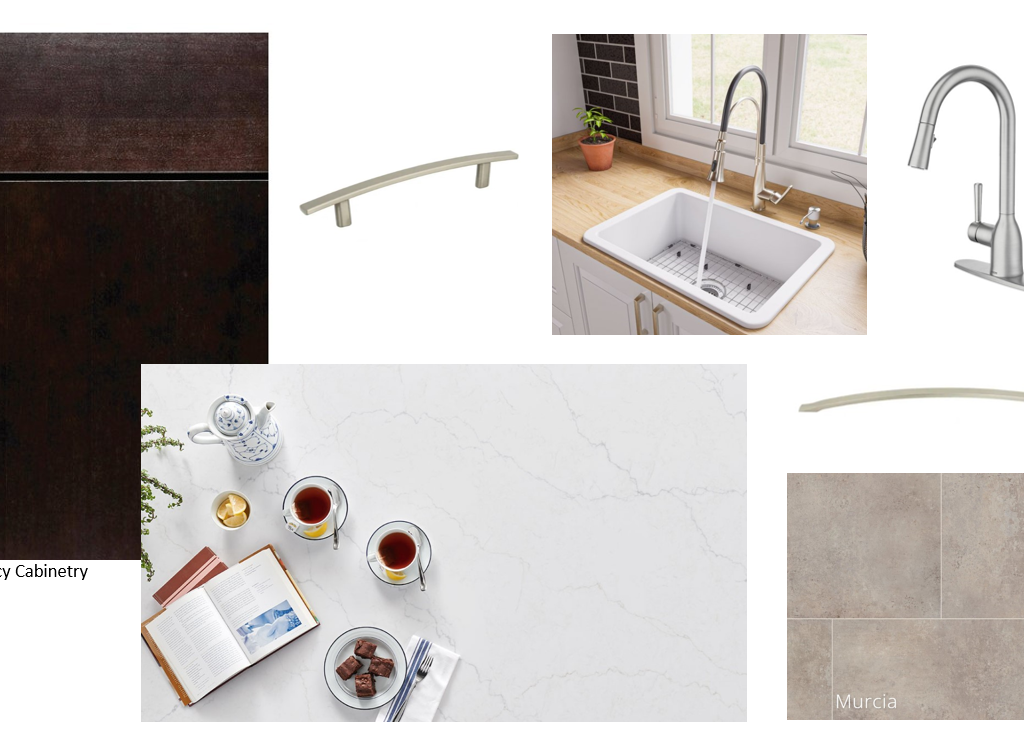
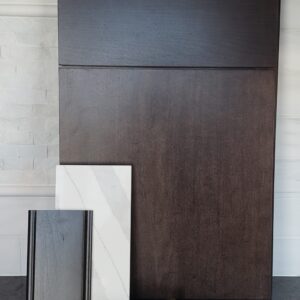
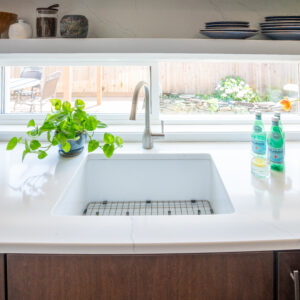
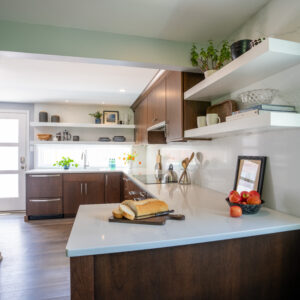

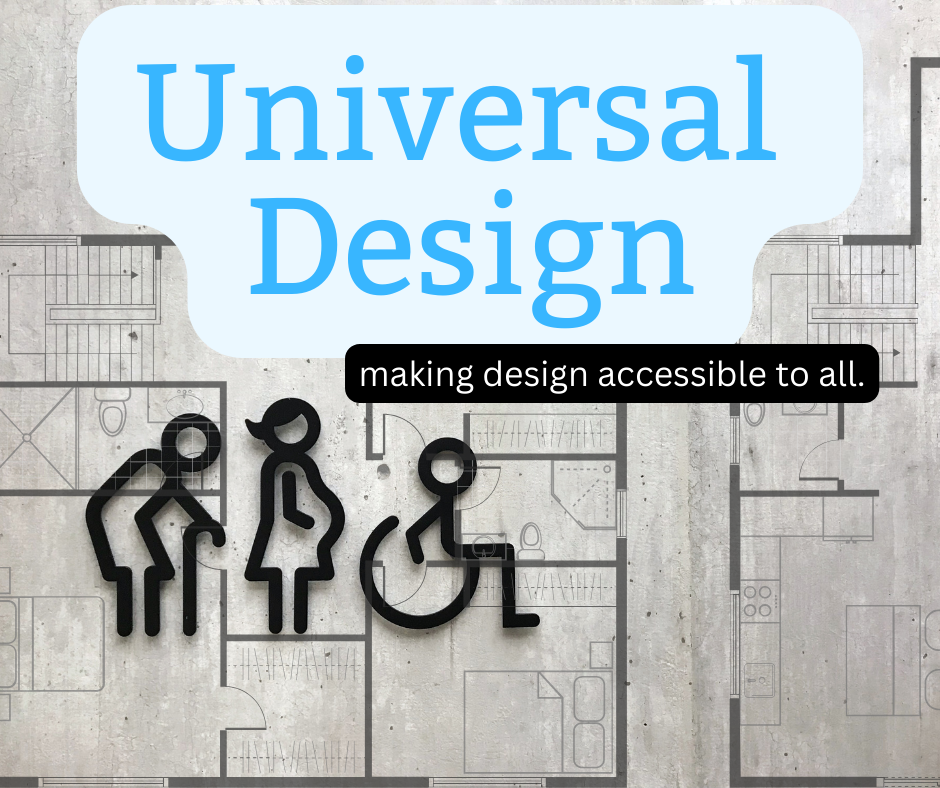

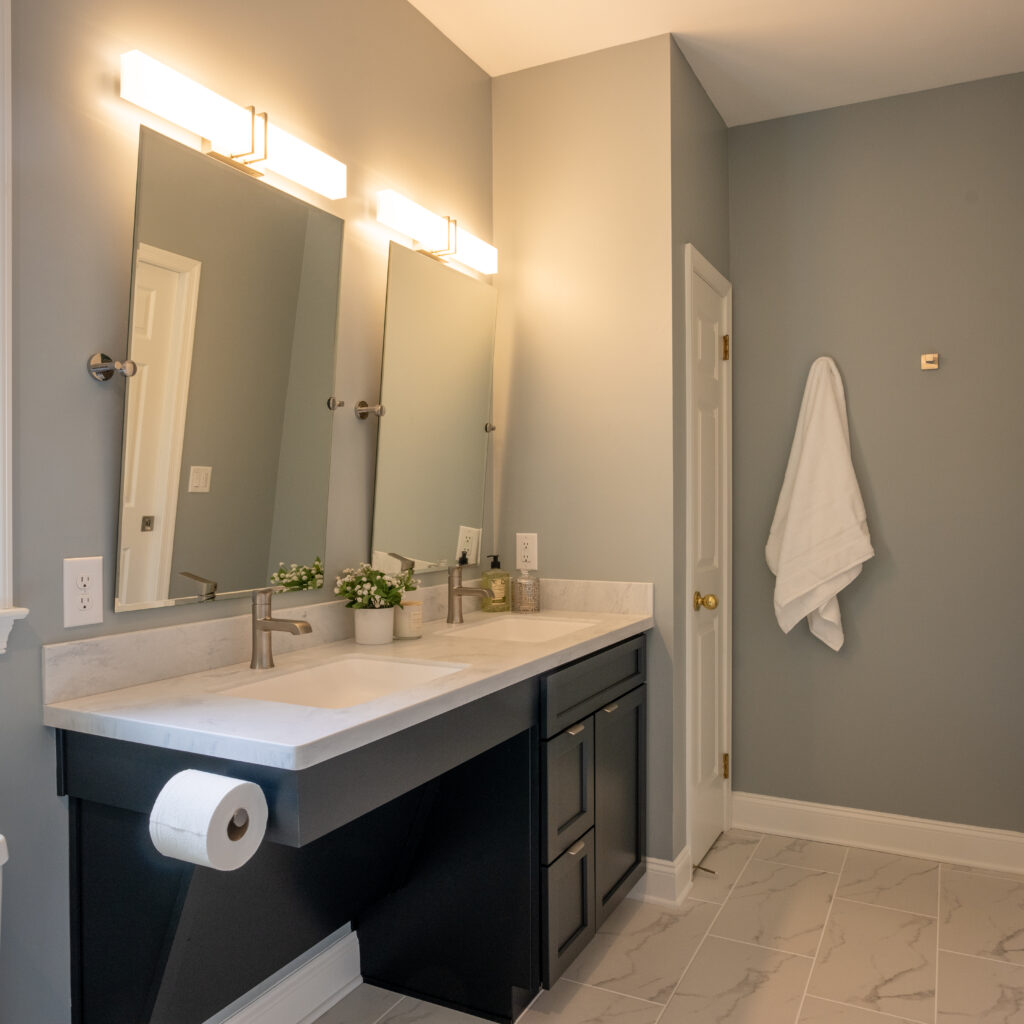
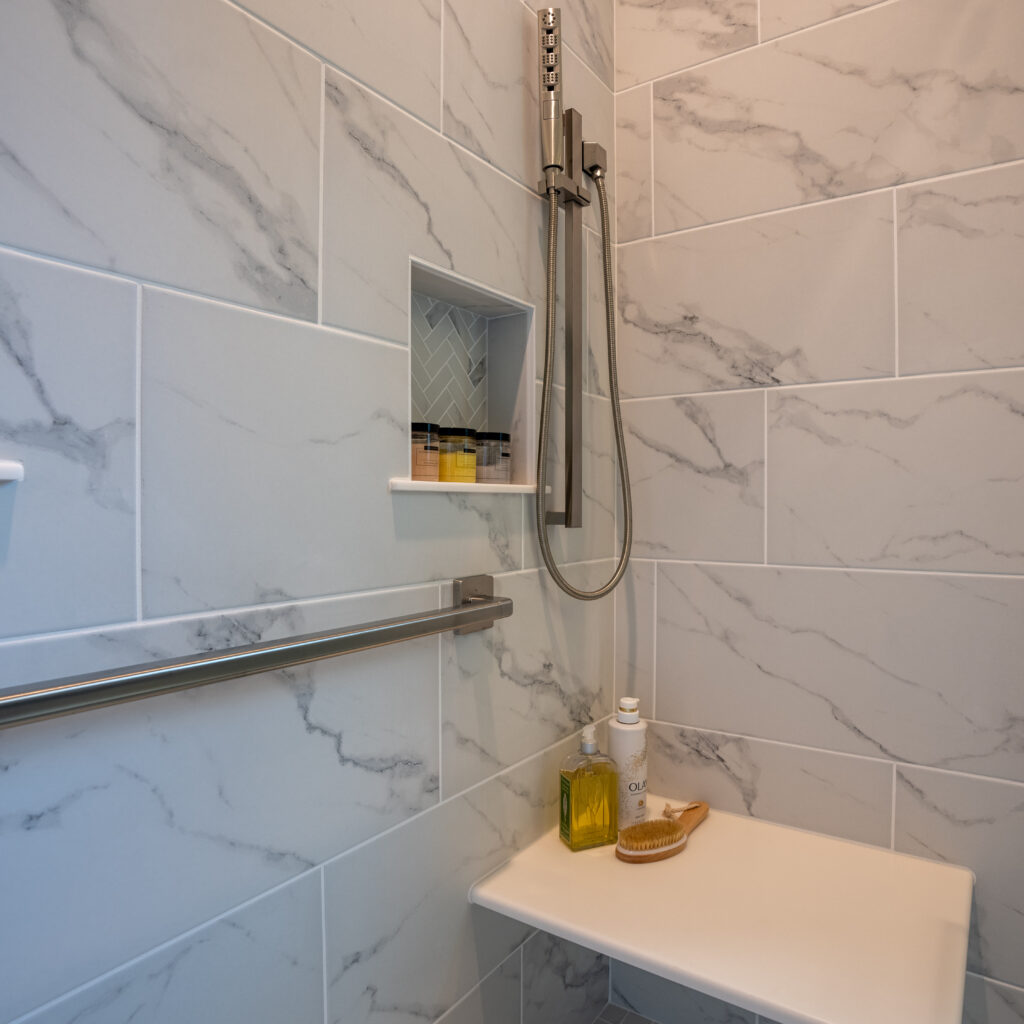
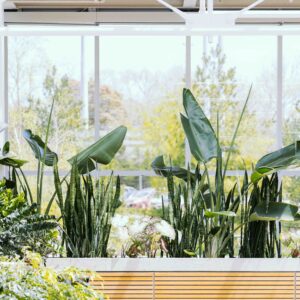

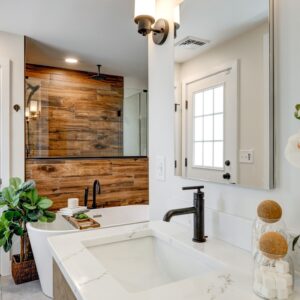
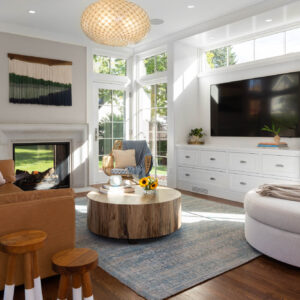

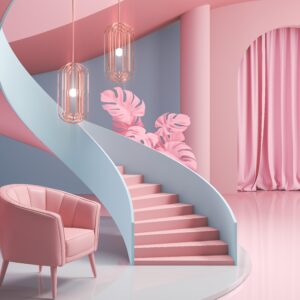
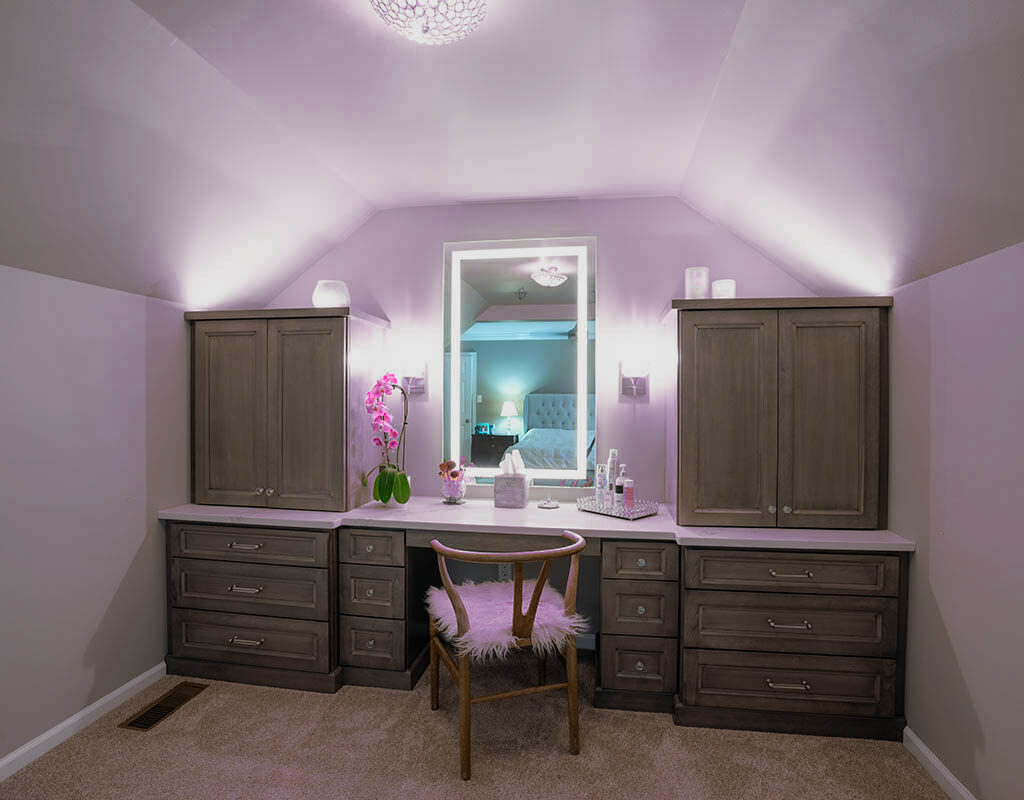

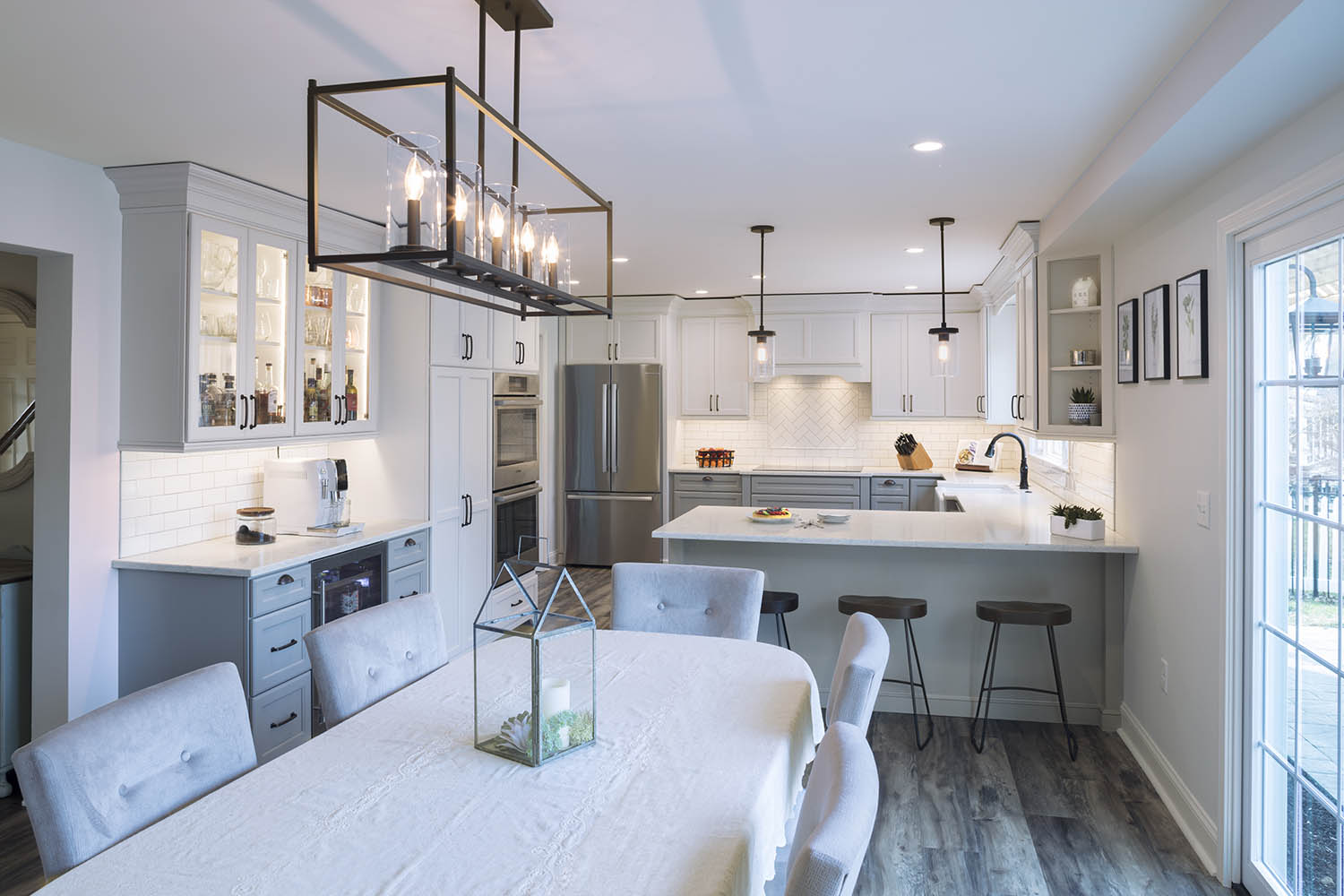
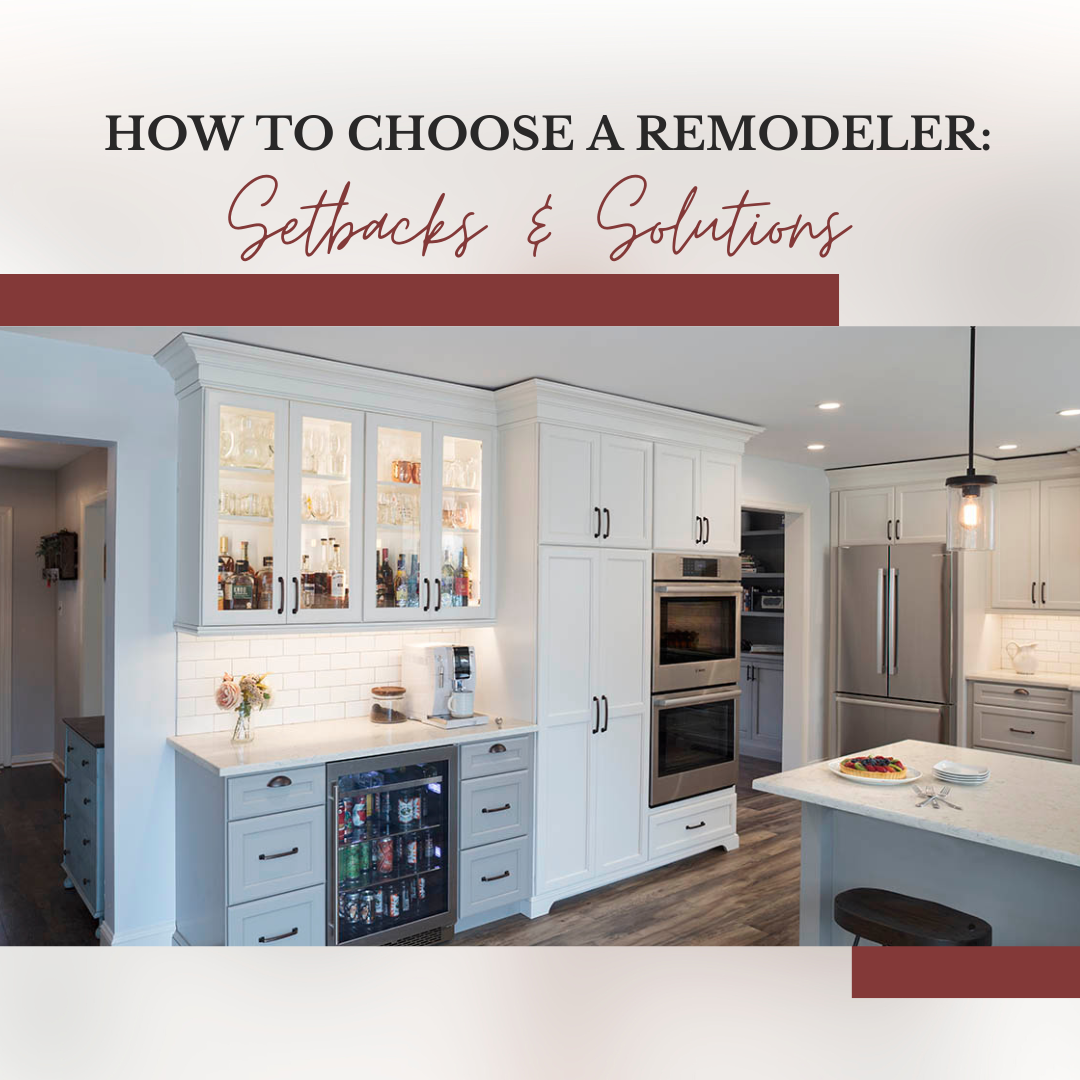




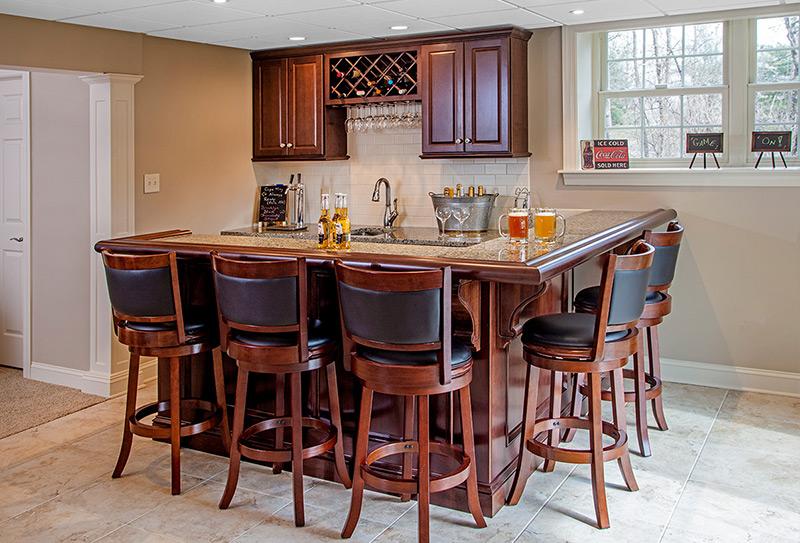
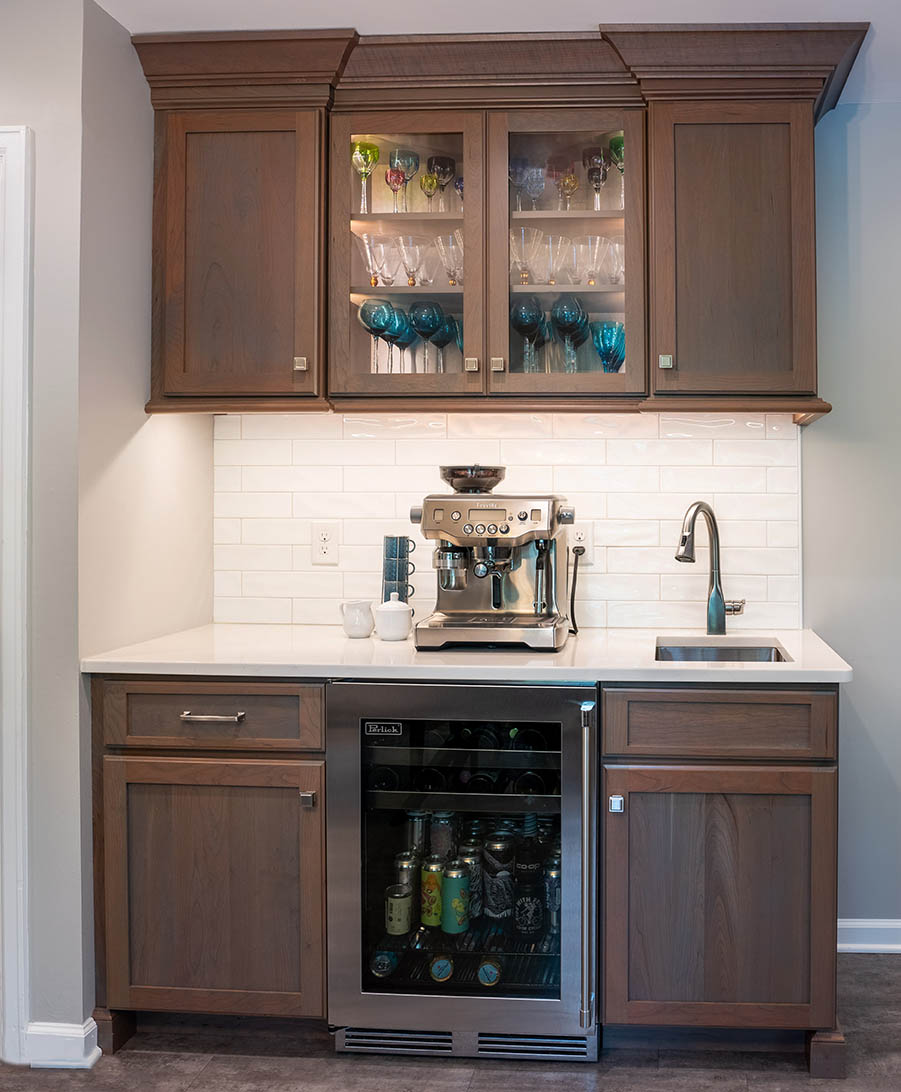



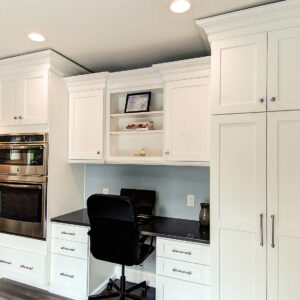
 Decorate and personalize your space
Decorate and personalize your space




